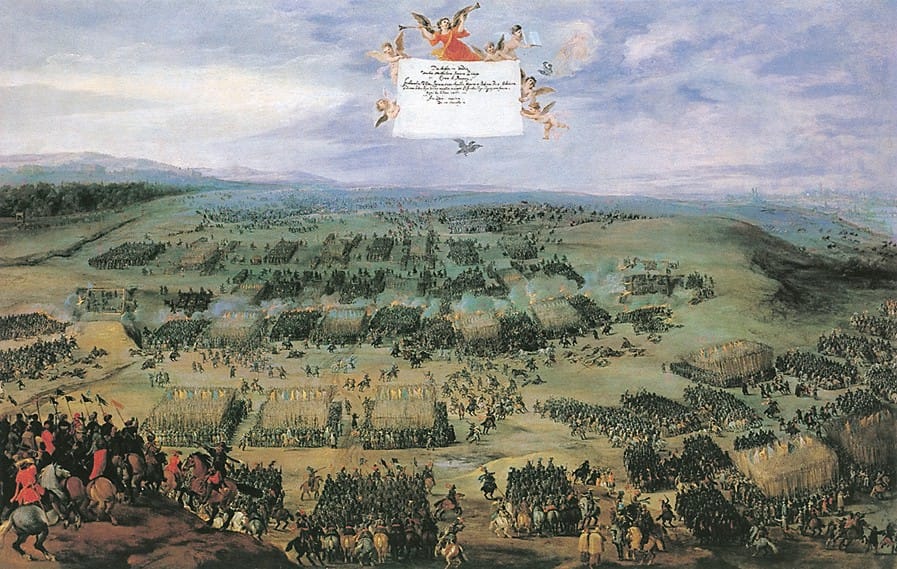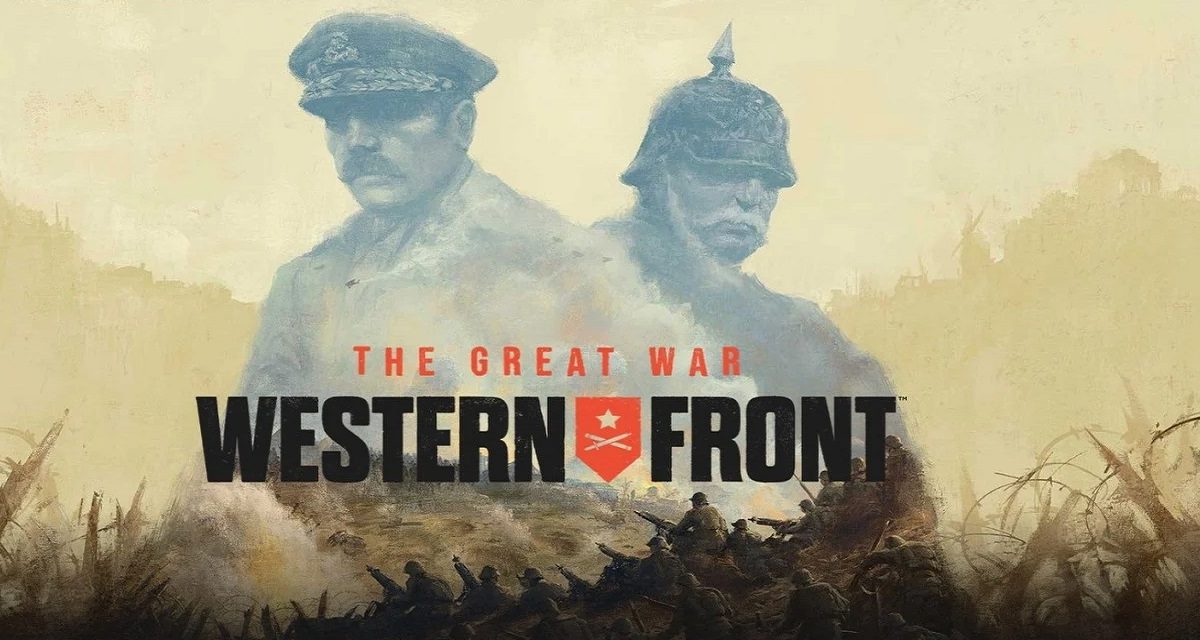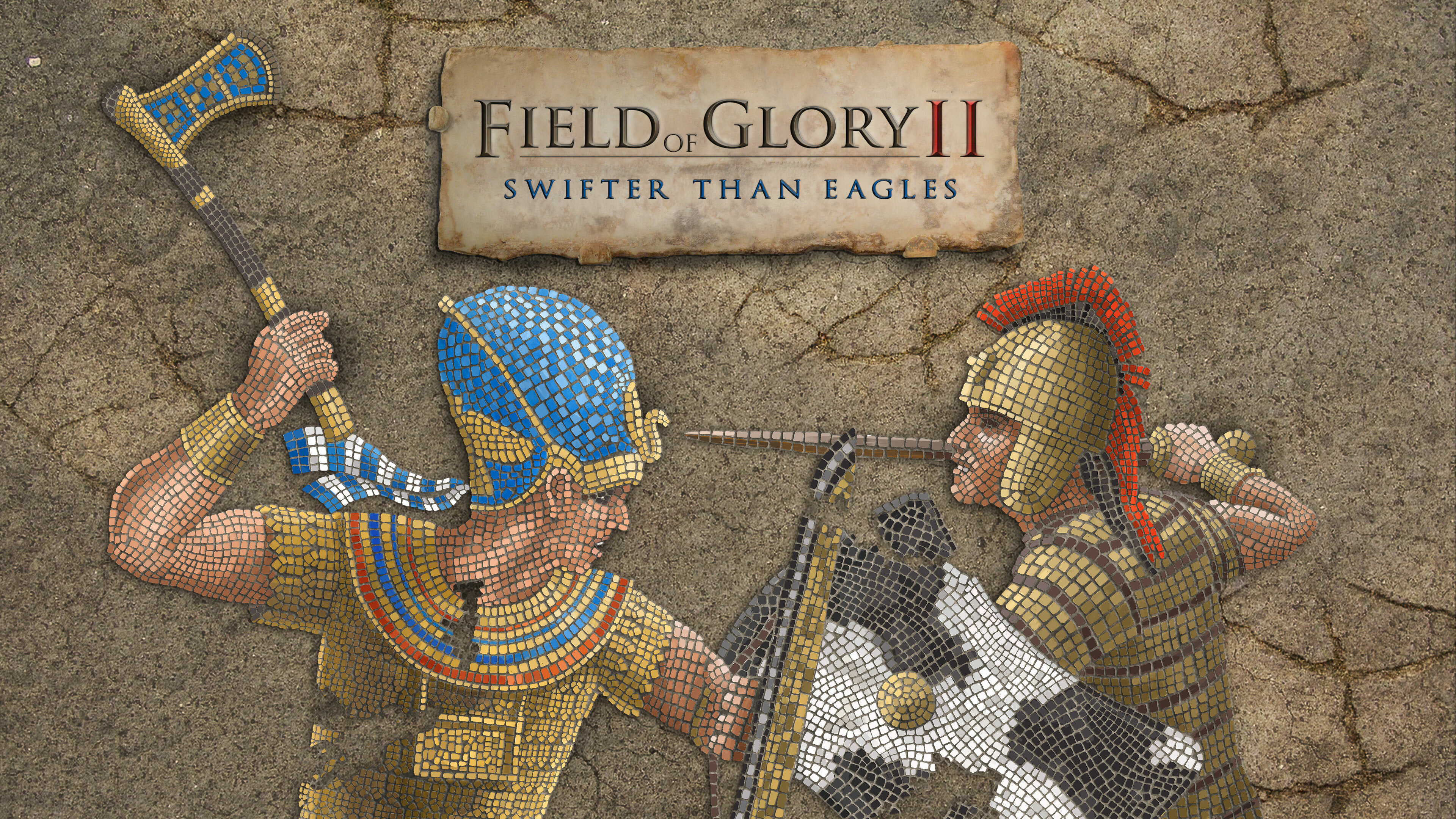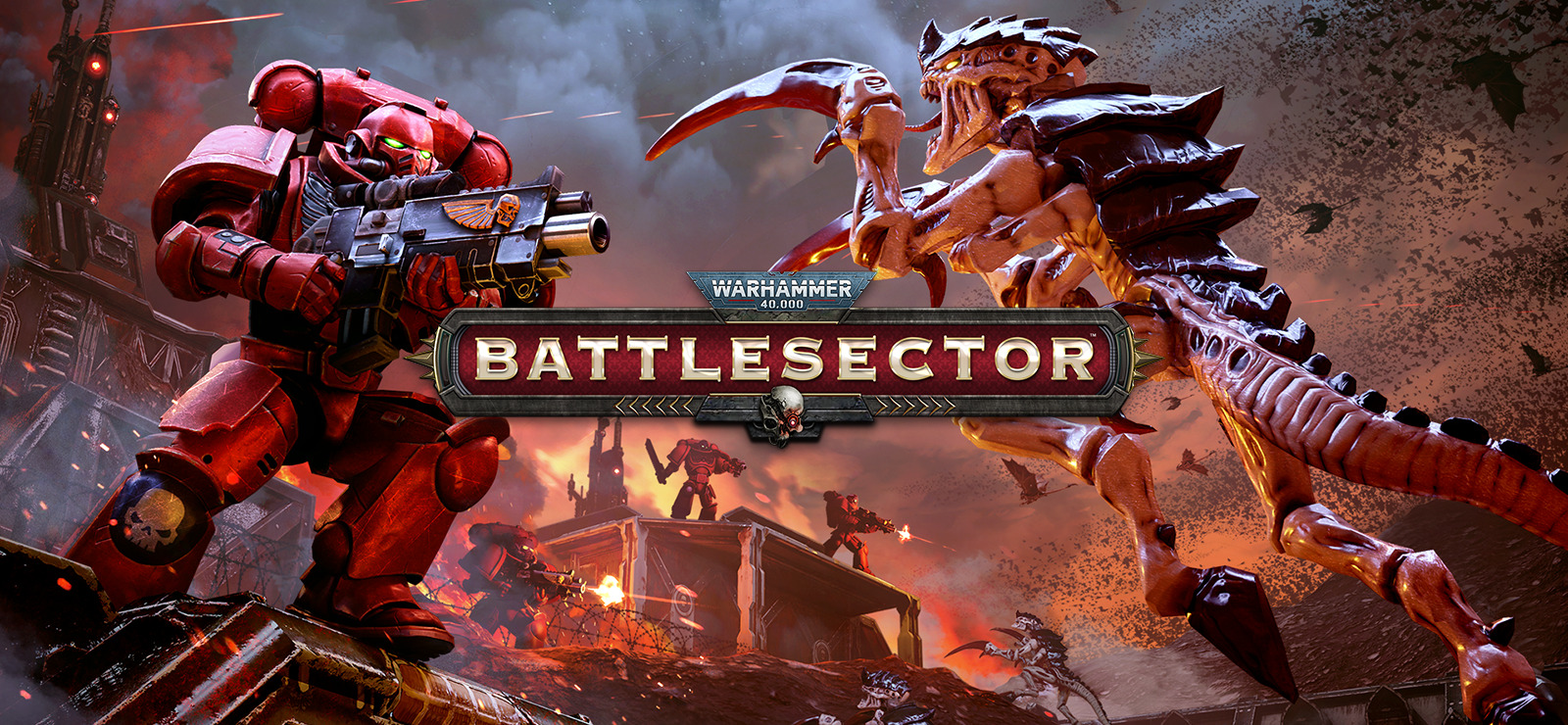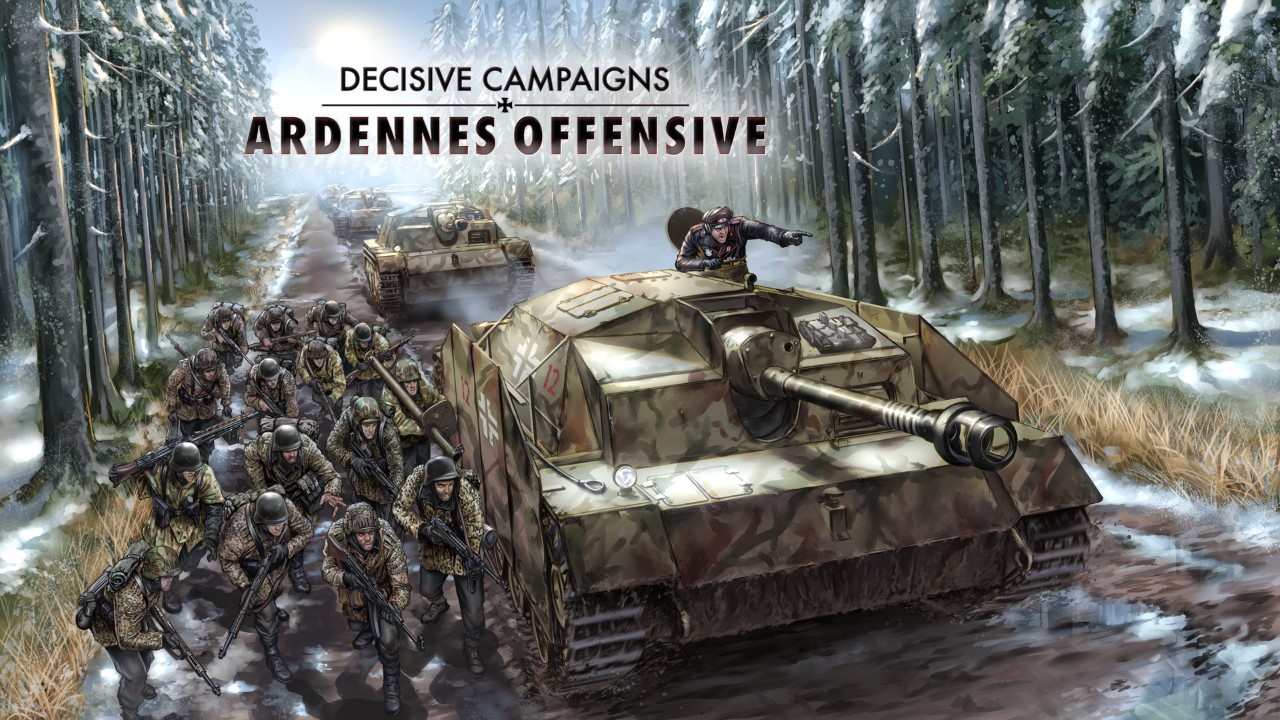Tag Archives: Brant
Tracer Rounds: What Do You Buy, Read, or Play?
Rapid fire thoughts about your game acquisitions ~
Brant Guillory, 11 October 2017
Plenty of us have a stack of wargames that we haven’t played yet. And quite frankly, there’s a not-insignificant portion of that stack that is, in all honesty, unlikely to ever get played. Occasionally, we’re just holding onto something in unpunched condition (ie, “investing”). Sometimes we got it, read thru it a bit, and decided we weren’t going to play it after all. But how many of us bought something with the express purpose of studying the game more than playing it?
What do you buy? What do you read or study? And what do you actually play?
That brings up a very interesting three-part question: What do you buy? What do you read or study? And what do you actually play?
In my case, I buy a lot of games from designers and companies I like to support (that said, I’m a bad comparison for “what do you buy?” because as the editor at GrogHeads and a regular reviewer of games, I don’t spend nearly as much on games as it might appear). But the games that I study and the games that I play do tend to diverge quite a bit.
Classic Reviews – Red Dragon Inn
The only thing that’s more fun than drinking, gambling, and rough-housing in a medieval tavern in a laughter-inducing game about drinking, gambling, and rough-housing in a medieval tavern. ~
Brant Guillory, 6 September 2017
With a learning curve that’s somewhere between “simple” and “duh”, and a playing time of 30-60 minutes (published and actual), it’s quick, easy, fun, usually hilarious. But with only four characters might get stale for as often as you’ll want to play it
So you and your friends either slayed an evil beast, or conquered the local warlord? Both? Well done, you! Time to celebrate, quaffing pints and regaling your friends with tall tales of your exploits over at the Red Dragon Inn. You goal is to be the last one standing among the carousing adventurers at the inn, which is not an easy feat when you’re subsisting on a diet of Dragon Breath Ale.
Each player has a playmat that organizers the cards in play, and tracks both the character’s alcohol level, and fortitude. The goal is to keep the alcohol content low, and the fortitude high; should they meet, the character falls unconscious and the rest of the party splits the loot. Speaking of loot – should you run out of loot, the inn tosses you out on your heels. In either case, you’re out of the game. The last conscious player standing, with cash, is the winner.
GrogHeads Analyzes Aftershock: A Humanitarian Crisis Game
Professional development through better gameplay? ~
Brant Guillory, 12 August 2017
The first tremors hit Carana around 415 in the morning, local time. The capital was just stirring as many laborers were hurrying through their pre-dawn meals before shuffling out of their small houses to arrive at work by sunrise. The full brunt of the earthquake arrive 20 minutes or so later, and the devastation was described by at least one news outlet as “biblical.” The nations tenuous infrastructure, barely a patchwork to begin with, had no chance against the fury unleashed by the Earth’s shifting tectonic plates as bridges crumbled, roads buckled, water pipes tore apart like paper, and the electrical grid shut down, ending any communication that was out of shouting distance.
The full brunt of the earthquake arrive 20 minutes or so later, and the devastation was described by at least one news outlet as “biblical.”
Help was slow in arriving. Certainly the help wanted to arrive, but the routes into the country – the limited airport, the ramshackle seaport, and inland border – were never ideal under perfect circumstances, and these were not perfect circumstances. The local population certainly had a will to survive, but lacked critical supplies for medical care, safe water, and food & shelter. The world mobilized to help.
And the help began to arrive, a multi-headed hydra of organizations, services, expertise, and agendas. Usually cooperative, occasionally antagonistic, and always under the steady gaze of the worlds’ TV cameras, the various organizations rolled up their sleeves to start the long, hard slog of restoring the basic necessities of life to Carana.
Classic Articles: A Different Theory of the Japanese Surrender
Did the Soviet Union’s actions influence Truman’s decision-making? ~
Brant Guillory, 8 August 2017
Today is the anniversary of the dropping of the atomic bomb on Hiroshima, which is alternately considered both controversial and essential to ending the war.
A few years ago, I had the good fortune to hear a talk at the Mershon Center at Ohio State by Dr. Tsuyoshi Hasegawa, discussing the impact of the bomb on Japan’s decision to surrender.
INTRODUCTION
I attend[ed] a weekly seminar series at the Mershon Center for Security Studies and Public Policy here at Ohio State University. On some weeks, the seminar coincides with guest speakers. Last week, Dr. Tsuyoshi Hasegawa came to talk, and this is a summary of his narrative. But first, it may be helpful to introduce Dr. Hasegawa by way of his Mershon Center bio:
Tsuyoshi Hasegawa is professor of Modern Russian and Soviet History at the University of California, Santa Barbara. His current research interests include the political and social history of the Russian Revolution, focusing on crime and police in Petrograd during the Revolution, March 1917 – March 1918, as well as Soviet military history, collecting materials on V.K. Bliukher. Hasegawa is also studying Russian/Soviet-Japanese relations, especially the Soviet-Japanese War of 1945, Soviet policy toward the San Francisco Peace Treaty in 1951, and the Soviet-Japanese Normalization Talks, 1955-56. Hasegawa has published widely on the Russian and Soviet history, his most major publications being The Northern Territories Dispute and Russo-Japanese Relations. Vol. 1: Between War and Peace, 1967-1985. Vol.2: Neither War Nor Peace, 1985-1998 (UC Berkeley, 1998), Russia and Japan: An unresolved Dilemma between Distant Neighbors, edited with Jonathan Haslam and Andrew Kuchins (UC Berkeley, 1993), and Roshia kakumeika petorogurado no shiminseikatsu [Everyday Life of Petrograd during the Russian Revolution] (Chuokoronsha, 1989). His most recent publication is titled Racing the Enemy: Stalin, Truman, and the Surrender of Japan (Belknap, 2005). Dr. Hasegawa received his PhD from Washington University in 1969.
THE PRESENTATION
Following the fall of Germany in May of ’45, the Allies turned their attention to the three-year old Pacific War. To avoid continued American causalities and bring World War II to a close, Truman ordered the nuclear bomb attacks on Hiroshima and Nagasaki. Conventional American wisdom is that the atomic bomb brought about the fall of Japan, and few American textbooks challenge this idea. However, a Japanese scholar, Dr. Tsuyoshi Hasegawa of UC-Santa Barbara, has published an new book, Racing the Enemy: Stalin, Truman, and the Surrender of Japan, that re-examines the end of World War II through a new perspective on international diplomacy, and comes to the conclusion that although the atomic bomb was certainly a very important factor in ending World War II, it was not the most important one. In fact, it might have caused the U.S. to prolong the war longer than necessary.

